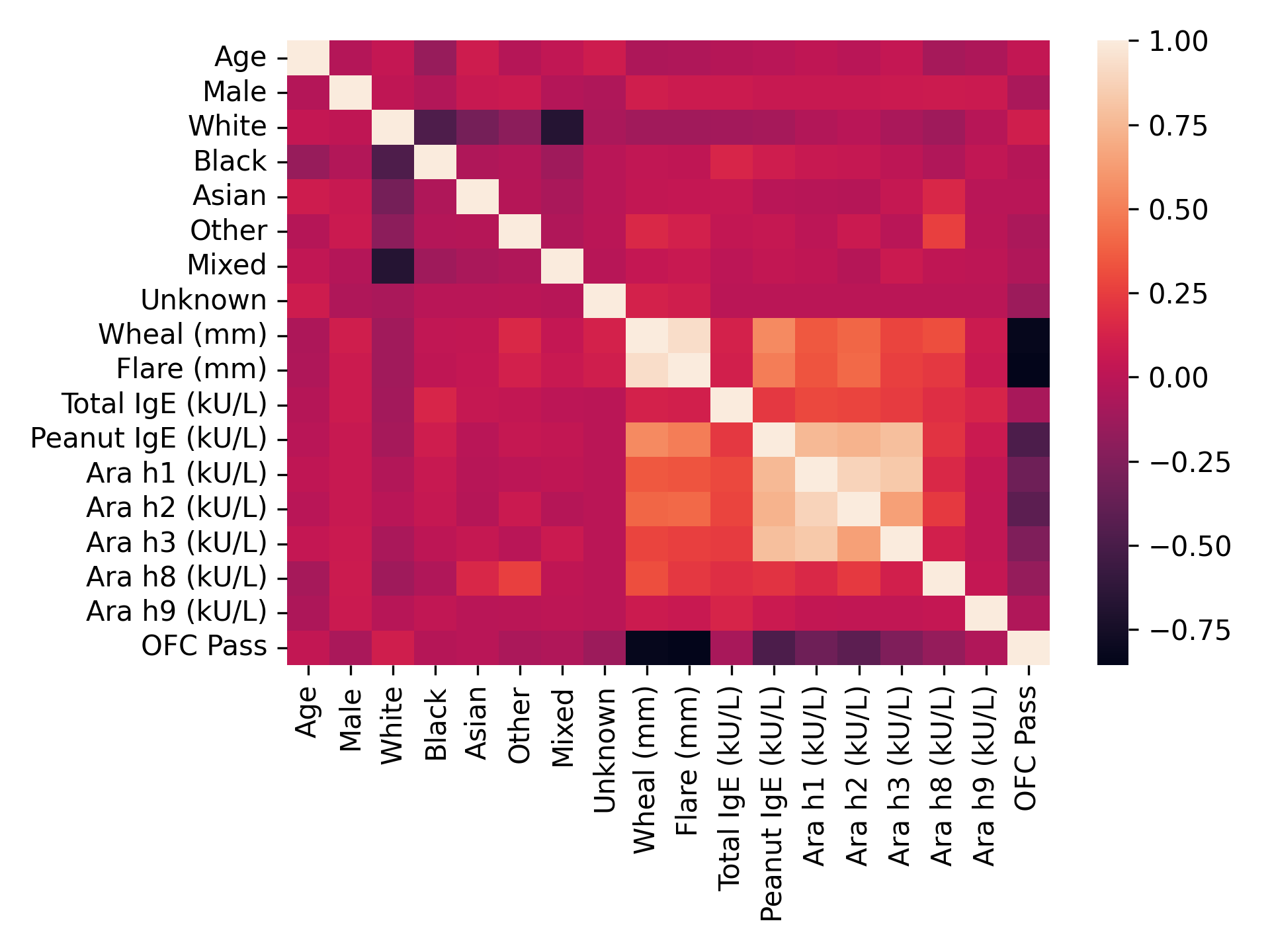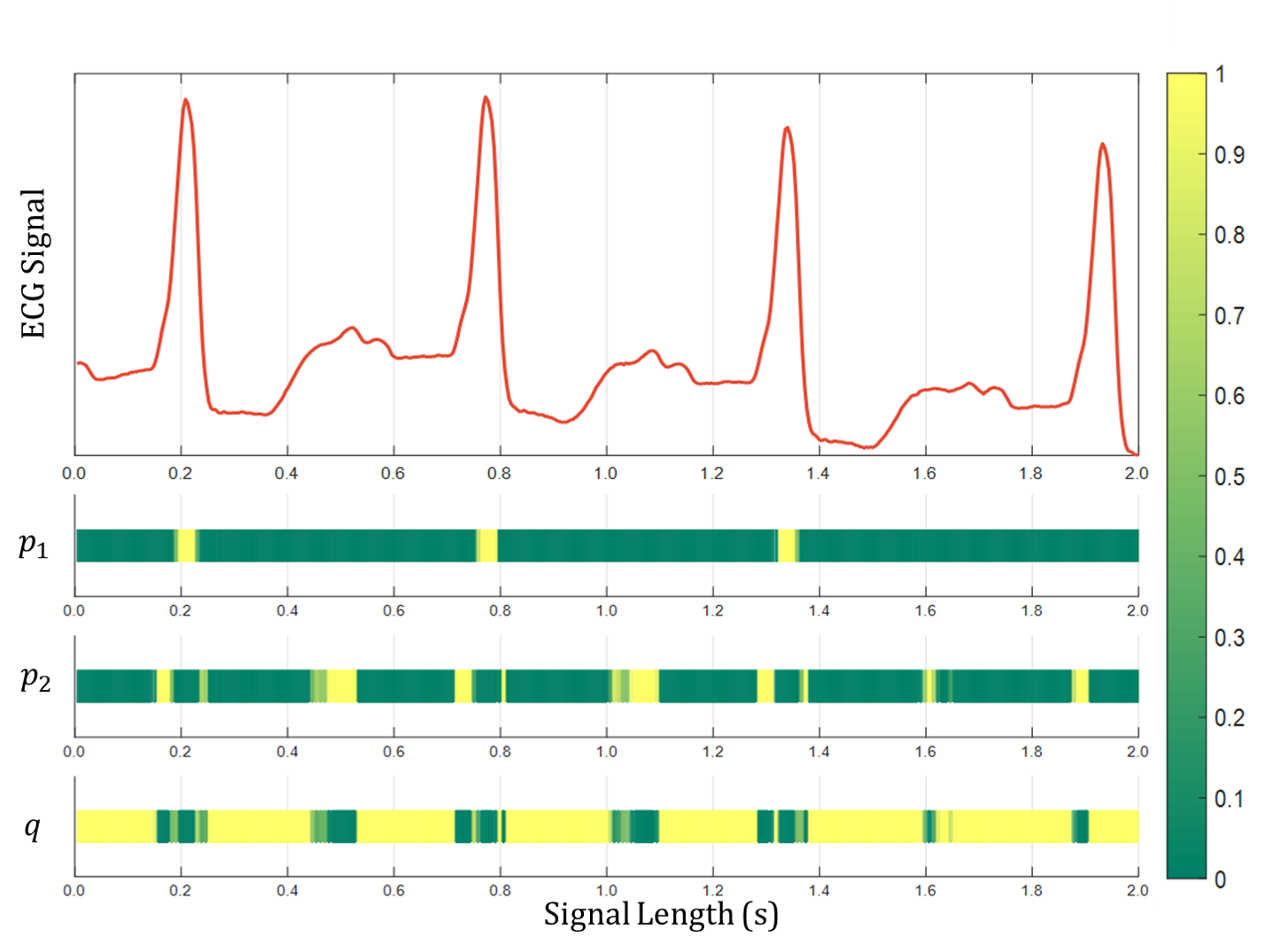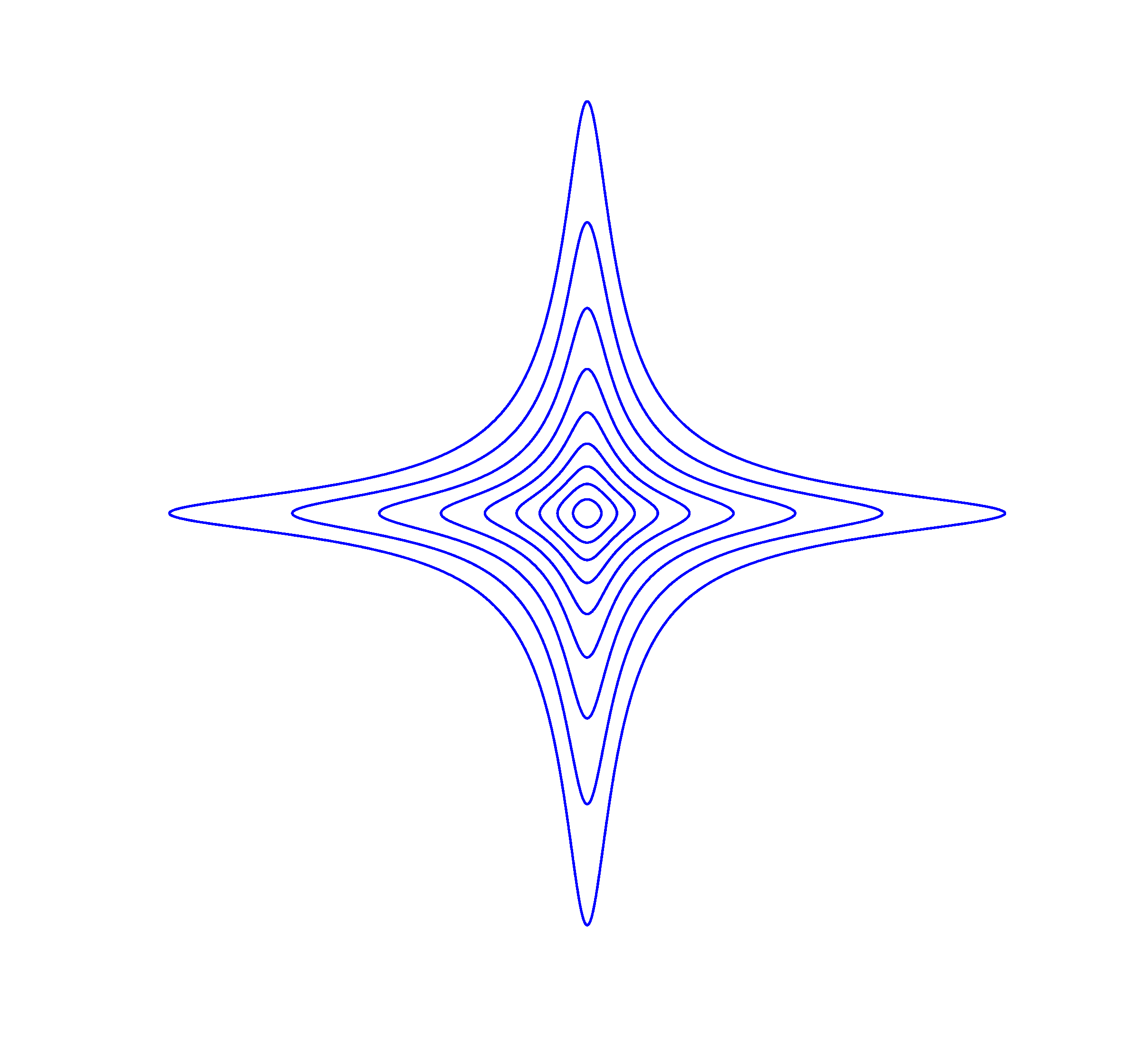Publications and Patents
Group Highlights
(For a full list of publications see Google Scholar or ORCID)

In this study, we seek to leverage machine learning methodologies for oral food challenge (OFC outcome prediction). Retrospective data was gathered from 1,112 patients who collectively underwent a total of 1,284 OFCs, and consisted of clinical factors including serum-specific Immunoglobulin E (IgE), total IgE, skin prick tests (SPTs), comorbidities, sex, and age. Using these features, multiple machine learning models were constructed to predict OFC outcomes for three common allergens - peanut, egg, and milk. The best performing model for each allergen was an ensemble of random forest (egg) or Learning Using Concave and Convex Kernels (LUCCK) (peanut, milk) models, which achieved an Area under the Curve (AUC) of 0.91, 0.96, and 0.94, in predicting OFC outcomes for peanut, egg, and milk, respectively.
J. Zhang, D. Lee, K. Jungles, D. Shaltis, K. Najarian, R. Ravikumar, G. Sanders, J. Gryak
Informatics in Medicine Unlocked 36 (2023)

In this study, we apply an interpretable neural network model based on tropical geometry to predict unfavorable outcomes at six months from hospitalization in traumatic brain injury (TBI) patients, based on information available at the time of admission. The classification results for the proposed model are comparable with those of traditional ML methods. However, our model is interpretable, and it allows the extraction of intelligible rules. These rules can be used to determine relevant factors in assessing TBI outcomes and can be used in situations when not all necessary factors are known to inform the full model’s decision.
C. Minoccheri, C. Williamson, M. Hemmila, K. Ward, E. Stein, J. Gryak, and K. Najarian
BMC Medical Informatics and Decision Making 22(203) (2022)

Endoscopy is essential for disease assessment in ulcerative colitis (UC), but subjectivity threatens accuracy and precision. We aimed to pilot a fully automated video analysis system for grading endoscopic disease in UC. A fully automated whole-video Mayo Endoscopic Scoring system was developed and tested using unaltered endoscopic videos from a multi-center UC clinical trial. These early results support the potential for artificial intelligence to provide endoscopic disease grading in UC that approximates the scoring of experienced reviewers.
H. Yao, K. Najarian, J. Gryak, S. Bishu, M.D. Rice, A.K. Waljee, H.J. Wilkins, R.W. Stidham
Gastrointestinal Endoscopy, 93(3) (2021)

In this study we proposed a multimodal approach that incorporates salient physiological signals and EHR data to predict the onset of hemodynamic decompensation. Advanced signal processing techniques were employed to extract complex features from physiological waveforms, while a novel tensor-based dimensionality reduction method was used to reduce the size of the feature space. These methods were evaluated for predicting the onset of decompensation at varying time intervals, with the best performing models achieving AUCs of 0.87 and 0.80 for the half-hour and 12-h intervals respectively.
L. Hernandez, R.B. Kim, N. Tokcan, H. Derksen, B.E. Biesterveld, A. Croteau, A.M. Williams, M. Mathis, K. Najarian, J. Gryak
Artificial Intelligence in Medicine, 113 (2021)

We develop algebraic methods for computations with tensor data. We give three applications: extracting features that are invariant under the orthogonal symmetries in each of the modes, approximation of the tensor spectral norm, and amplification of low rank tensor structure. We introduce colored Brauer diagrams, which are used for algebraic computations and in analyzing their computational complexity. We present numerical experiments whose results show that the performance of the alternating least squares algorithm for rank 1 approximations for tensors can be improved using tensor amplification.
N. Tokcan, J. Gryak, K. Najarian, H. Derksen
SIAM J. Appl. Algebra Geometry, 5(1) (2021)

This paper introduces a novel method for classifying and predicting cardiac arrhythmia events via a special type of deterministic probabilistic finite-state automata (DPFA). The proposed method constructs the underlying state space and transition probabilities of the DPFA model directly from the input data. The algorithm was employed in the prediction of two types of cardiac events, supraventricular tachycardia (SVT) and atrial high-rate episodes (AHRE), with its performance compared to five other well-established methods. In all experiments, the proposed method achieved over 0.8 AUC for both SVT and AHRE prediction.
Z. Li, H. Derksen, J. Gryak, C. Jiang, Z. Gao, W. Zhang, H. Ghanbari, P. Gunaratne, K. Najarian
Biomedical Signal Processing and Control, 63 (2021)

In this study, a novel Multi-view CNN with a mixed loss function was proposed to improve brain acute hematoma segmentation in CT scans from patients with traumatic brain injury (TBI). A machine learning algorithm for mortality classification was trained using a combination of clinical observations and features extracted from the automated hematoma segmentation. Compared with the widely used IMPACT model, the proposed method achieved more than a 5% increase in AUC and 10% in AUCPR.
H. Yao, C. Williamson, J. Gryak, K. Najarian
Artificial Intelligence in Medicine, 107 (2020)

In this study, we propose a new supervised machine learning method called Learning Using Concave and Convex Kernels (LUCCK). This method employs similarity functions whose convexity or concavity can be configured so as to determine a model for each feature separately, and then uses this information to reweight the importance of each feature proportionally during classification. Experiments demonstrate that the proposed machine learning method outperforms conventional machine learning approaches in detecting extreme cases of poor sleep and fatigue in people with fibromyalgia.
E. Sabeti, J. Gryak, H. Derksen, C. Biwer, S. Ansari, H. Isenstein, A. Kratz, K. Najarian
Patents
- Novel Tropical Geometry-Based Interpretable Machine Learning Method
(US 2023/0394340)
Inventors: Kayvan Najarian, Justin Zhang, Keith Aaronson, Jessica Golbus, Jonathan Gryak, Harm Derksen, Heming Yao - Methods and Systems for Multilinear Discriminant Analysis Via Invariant Theory for Data Classification
(US 2023/0350973)
Inventors: Kayvan Najarian, Olivia Pifer Alge, Jonathan Gryak, Harm Derksen, Cristian Minoccheri - Automated Anatomic and Regional Location of Disease Features in Colonoscopy Videos
(US 11,615,527)
Inventors: Kayvan Najarian, Heming Yao, Reza Soroushmehr, Jonathan Gryak, Ryan Stidham - Sequential Minimal Optimization Process for Learning Using Partially Available Privileged Information Techniques
(US 11,531,851)
Inventors: Kayvan Najarian, Jonathan Gryak, Elyas Sabeti, Joshua Drews - Tensor Amplification-based Data Processing
(US 2021/0338171)
Inventors: Hendrikus Derksen, Neriman Tokcan, Kayvan Najarian, Jonathan Gryak - Automatic Filter Pruning Technique for Convolutional Neural Networks
(US 10,936,913)
Inventors: Heming Yao, Kayvan Najarian, Jonathan Gryak - Automated Optic Nerve Sheath Diameter Measurement
(US 2021/0022631)
Inventors: Reza Soroushmehr, Kayvan Najarian, Venkatakrishna Rajajee, Kevin Ward, Jonathan Gryak, Craig A. Williamson, Mohamad H. Tiba - Systems and Methods for Predicting and Detecting a Cardiac Event
(US 11,154,254,
US 10,786,208,
US 10,463,314)
Inventors: Kayvan Najarian, Harm Derksen, Zhi Li, Jonathan Gryak, Pujitha Gunaratne